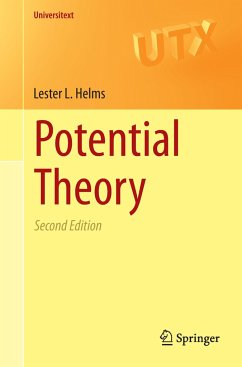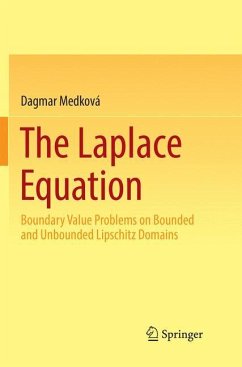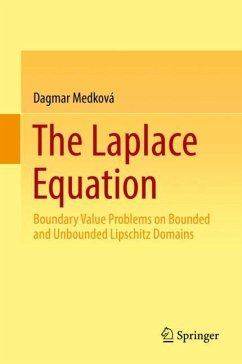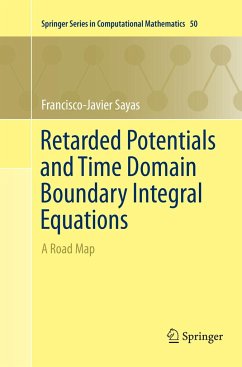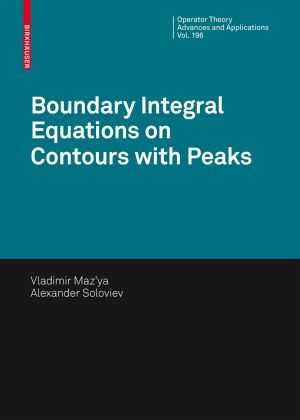
Boundary Integral Equations on Contours with Peaks

PAYBACK Punkte
57 °P sammeln!
The purpose of this book is to give a comprehensive exposition of the theory of boundary integral equations for single and double layer potentials on curves with exterior and interior cusps. The theory was developed by the authors during the last twenty years and the present volume is based on their results.
The first three chapters are devoted to harmonic potentials, and in the final chapter elastic potentials are treated. Theorems on solvability in various function spaces and asymptotic representations for solutions near the cusps are obtained. Kernels and cokernels of the integral operators are explicitly described. The method is based on a study of auxiliary boundary value problems which is of interest in itself.
The first three chapters are devoted to harmonic potentials, and in the final chapter elastic potentials are treated. Theorems on solvability in various function spaces and asymptotic representations for solutions near the cusps are obtained. Kernels and cokernels of the integral operators are explicitly described. The method is based on a study of auxiliary boundary value problems which is of interest in itself.
An equation of the form ??(x)? K(x,y)?(y)d?(y)= f(x),x?X, (1) X is called a linear integral equation. Here (X,?)isaspacewith ?-?nite measure ? and ? is a complex parameter, K and f are given complex-valued functions. The function K is called the kernel and f is the right-hand side. The equation is of the ?rst kind if ? = 0 and of the second kind if ? = 0. Integral equations have attracted a lot of attention since 1877 when C. Neumann reduced the Dirichlet problem for the Laplace equation to an integral equation and solved the latter using the method of successive approximations. Pioneering results in application of integral equations in the theory of h- monic functions were obtained by H. Poincar e, G. Robin, O. H older, A.M. L- punov, V.A. Steklov, and I. Fredholm. Further development of the method of boundary integral equations is due to T. Carleman, G. Radon, G. Giraud, N.I. Muskhelishvili,S.G.Mikhlin,A.P.Calderon,A.Zygmundandothers. Aclassical application of integral equations for solving the Dirichlet and Neumann boundary value problems for the Laplace equation is as follows. Solutions of boundary value problemsaresoughtin the formof the doublelayerpotentialW? andofthe single layer potentialV?. In the case of the internal Dirichlet problem and the ext- nal Neumann problem, the densities of corresponding potentials obey the integral equation ???+W? = g (2) and ? ???+ V? = h (3) ?n respectively, where ?/?n is the derivative with respect to the outward normal to the contour.





